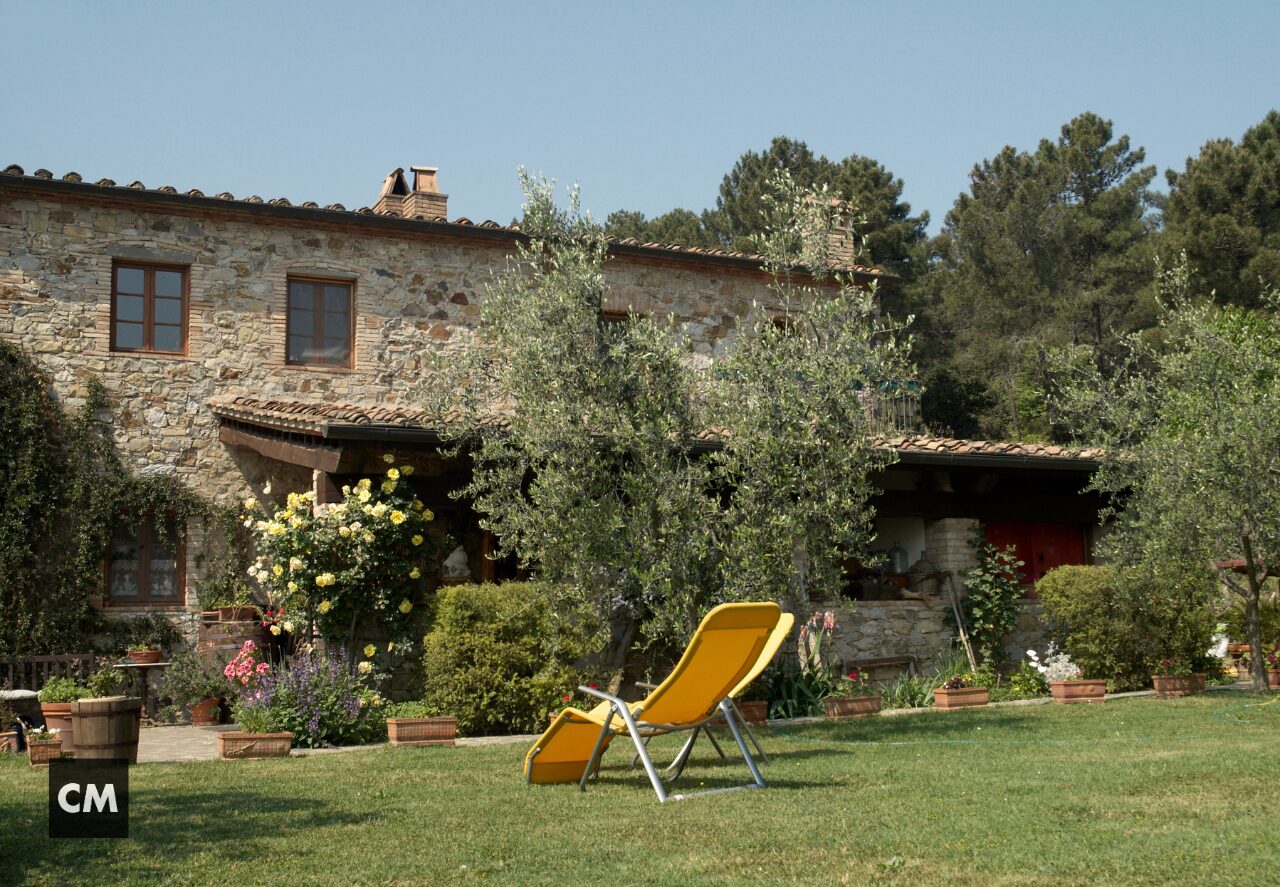The Costa Brava, with its natural beauty, Mediterranean climate and exclusive access to the sea, has always been a desirable destination for luxury property buyers. However, in recent years, we have witnessed a growing phenomenon: the arrival of international buyers looking to invest in this coastal paradise.
The growing demand for luxury properties
The Costa Brava has experienced a notable increase in the demand for luxury properties, especially among foreign buyers. This phenomenon has been accelerated by several factors: Spain’s economic stability, the growing interest in luxury residences in natural settings and the ease of obtaining residency visas in the country. Buyers from countries such as the United Kingdom, France, Germany, the Netherlands and, more recently, the United States, have shown increasing interest in purchasing second or permanent homes in this exclusive area.
Benefits for the local real estate market
This increase in international demand is not only boosting luxury property sales, but is also benefiting the local economy as a whole. Foreign buyers, often with high purchasing power, are investing not only in homes, but also in property refurbishment, renovation and modernisation projects, creating opportunities for architects, designers, builders and other real estate professionals.
In addition, the luxury property boom is attracting investors interested in the high-end rental market, enhancing the supply of exclusive rentals in the area. This dynamic also generates a boost in luxury tourism, with a direct impact on the hospitality sector, personalised services and exclusive activities.
Why the Costa Brava?
The Costa Brava has established itself as one of the most exclusive destinations for luxury property purchases due to its unique combination of factors:
- Enviable location: Its picturesque coves and coastline, together with medieval and modern villages, make it irresistible.
- Accessibility: The proximity to Barcelona, one of Europe’s main economic and cultural centres, makes the Costa Brava easily accessible.
- Quality of life: With a mild climate all year round, excellent infrastructure and an active international community, it is the perfect place to enjoy luxury in all its senses.
The future of the luxury real estate market on the Costa Brava
With the growing trend of international buyers and demand for luxury properties, the Costa Brava property market is likely to remain a prime choice for years to come. The outlook for this sector is very positive, as interest in the area continues to grow.
Connect with our team of experts for a personalised consultation
If you are interested in finding out more about investing in luxury property on the Costa Brava, please do not hesitate to contact our team of experts. At Corredor Mató, we offer you a personalised consultation to help you find the perfect property that meets your needs and expectations. Connect with us today!
















